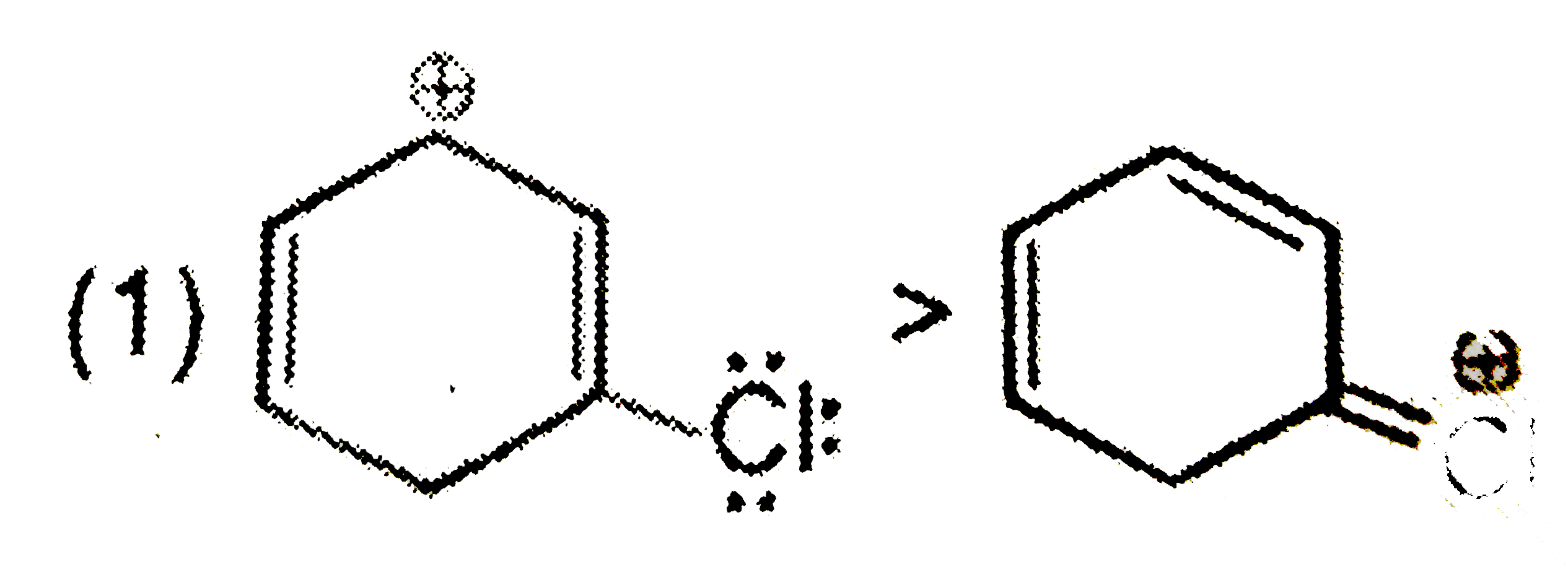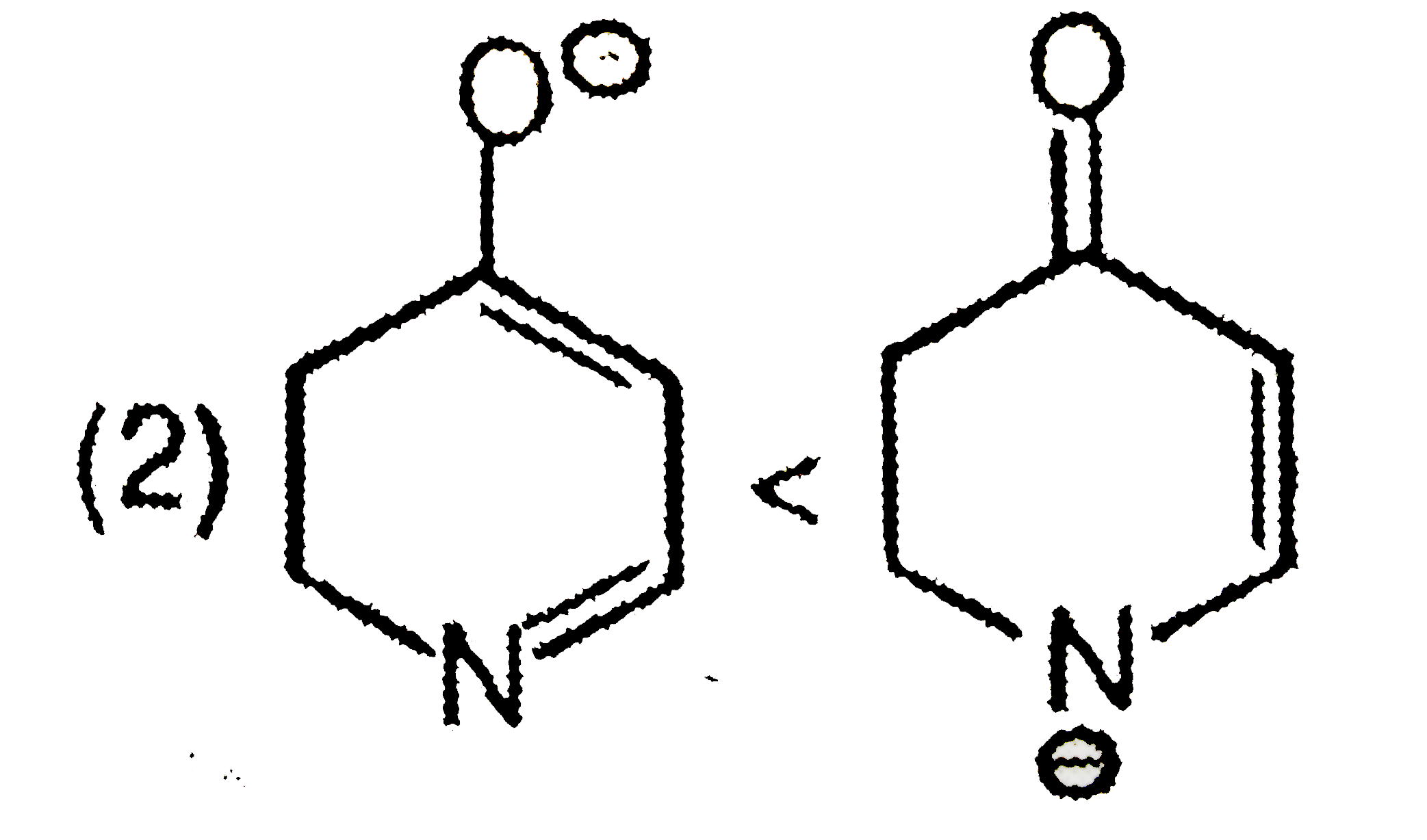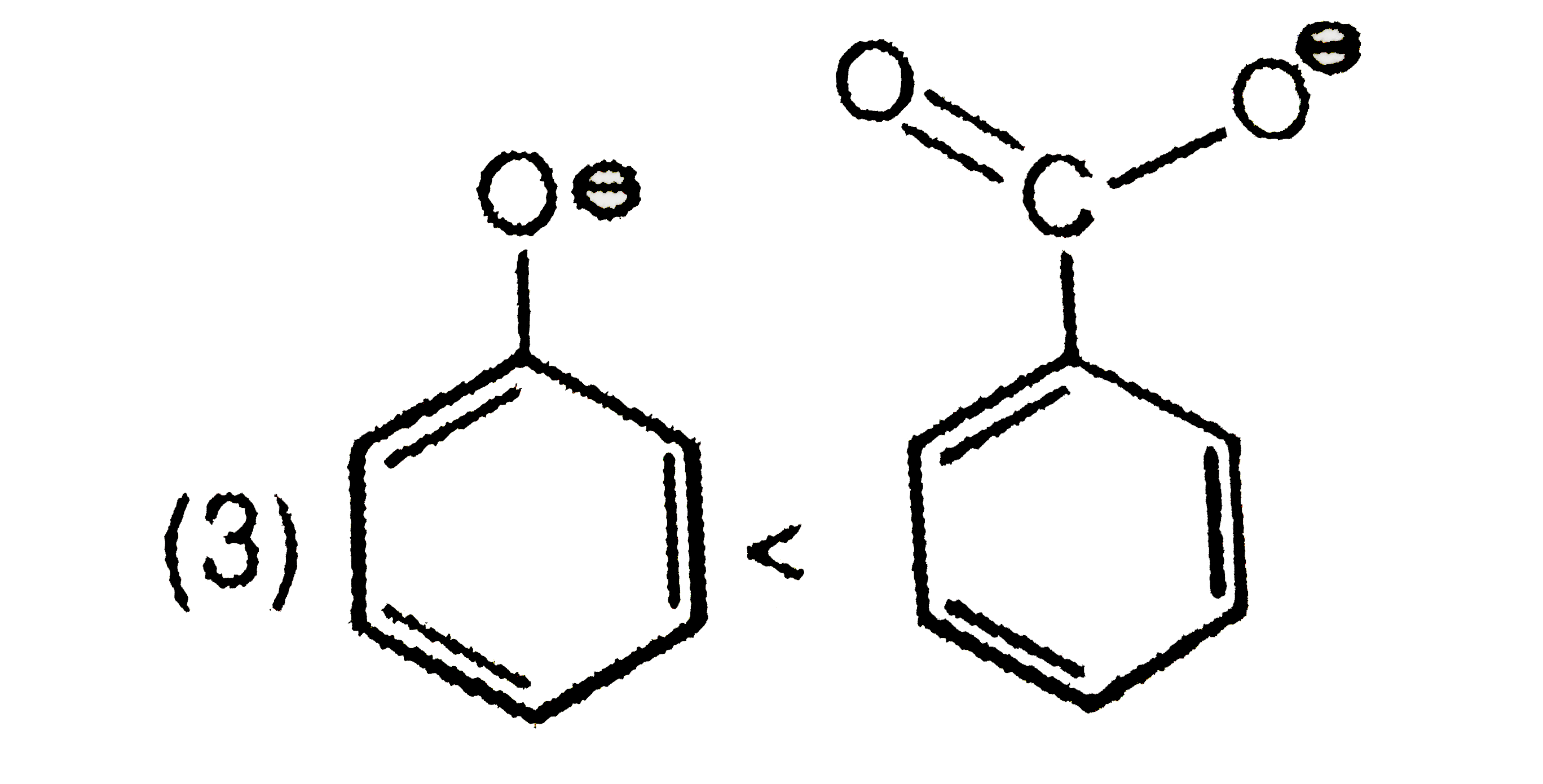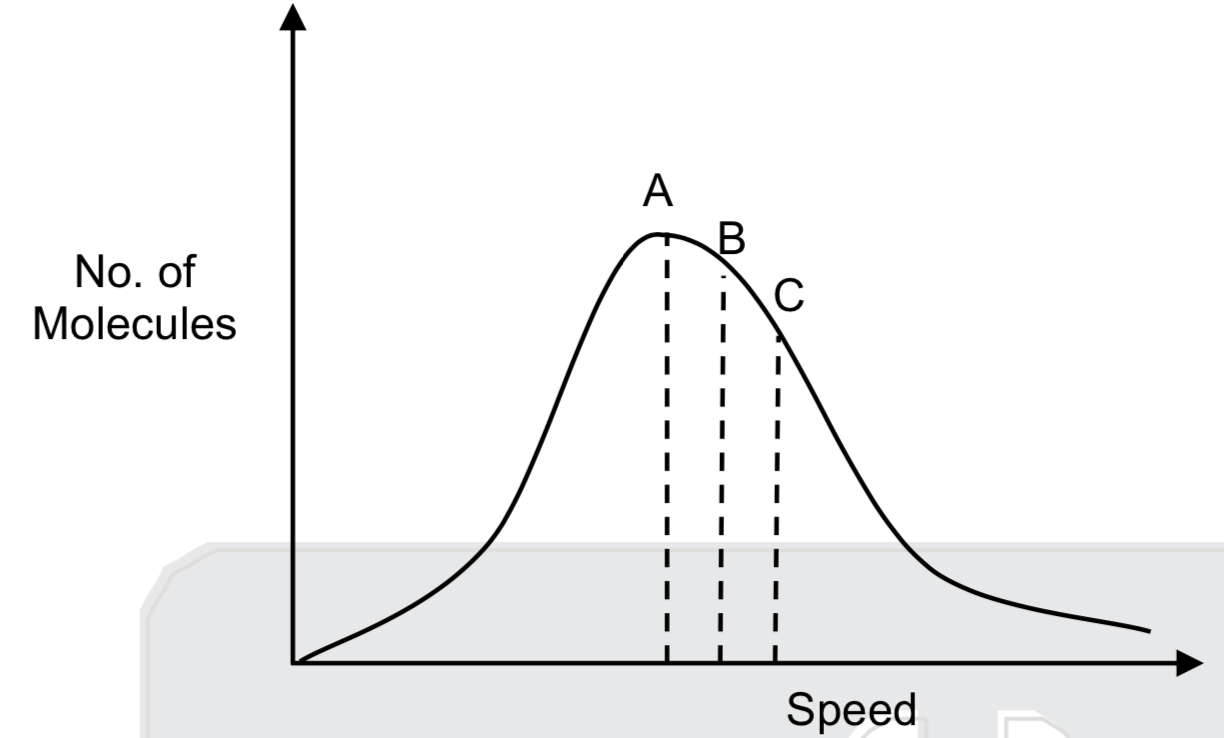Select the correct option related to stability of following structures.



H−O∣∣C−ΘO>CF3−O∣∣C−ΘO
The correct Answer is:C
To determine the correct option related to the stability of the given structures, we will analyze each option step by step.
Step 1: Analyze Option A
- Statement: This compound is more stable than that one.
- Analysis: The first compound has incomplete conjugation, while the second compound has complete conjugation. Complete conjugation allows for better delocalization of electrons, which stabilizes the structure. Therefore, the statement is incorrect as the second compound is more stable due to complete conjugation.
Step 2: Analyze Option B
- Statement: The negative charge on oxygen is more stable than the negative charge on nitrogen.
- Analysis: Oxygen is more electronegative than nitrogen, which means it can stabilize a negative charge better than nitrogen can. Thus, the negative charge on oxygen is indeed more stable than that on nitrogen. Therefore, this statement is incorrect as it claims the opposite.
Step 3: Analyze Option C
- Statement: Both structures have a negative charge on oxygen, but one has a carbonyl group (C=O) while the other is a phenoxide.
- Analysis: In the phenoxide ion, the negative charge can be delocalized through resonance, which stabilizes it. The carbonyl group also allows for resonance, but the negative charge remains on oxygen in both cases. However, the resonance structures of the phenoxide ion show that the negative charge can be delocalized onto the carbon, which is less stable than keeping it on oxygen. Therefore, the structure with the carbonyl group is more stable because it retains the negative charge on the more electronegative atom (oxygen). Thus, this statement is correct.
Step 4: Analyze Option D
- Statement: The negative charge on oxygen in the presence of CF3 is more stable than that with hydrogen.
- Analysis: The CF3 group exerts a strong -I (inductive) effect due to the electronegativity of fluorine, which helps stabilize the negative charge on oxygen. In contrast, hydrogen does not exert any inductive effect. Therefore, the structure with CF3 is indeed more stable than that with hydrogen. Thus, this statement is correct.
Conclusion
After analyzing all options, we find that:
- Option A is incorrect.
- Option B is incorrect.
- Option C is correct.
- Option D is correct.
However, since the question asks for the correct option related to stability, the most explicitly correct answer based on the explanations provided is Option C.
- Statement: This compound is more stable than that one.
- Analysis: The first compound has incomplete conjugation, while the second compound has complete conjugation. Complete conjugation allows for better delocalization of electrons, which stabilizes the structure. Therefore, the statement is incorrect as the second compound is more stable due to complete conjugation.
- Statement: The negative charge on oxygen is more stable than the negative charge on nitrogen.
- Analysis: Oxygen is more electronegative than nitrogen, which means it can stabilize a negative charge better than nitrogen can. Thus, the negative charge on oxygen is indeed more stable than that on nitrogen. Therefore, this statement is incorrect as it claims the opposite.
- Statement: Both structures have a negative charge on oxygen, but one has a carbonyl group (C=O) while the other is a phenoxide.
- Analysis: In the phenoxide ion, the negative charge can be delocalized through resonance, which stabilizes it. The carbonyl group also allows for resonance, but the negative charge remains on oxygen in both cases. However, the resonance structures of the phenoxide ion show that the negative charge can be delocalized onto the carbon, which is less stable than keeping it on oxygen. Therefore, the structure with the carbonyl group is more stable because it retains the negative charge on the more electronegative atom (oxygen). Thus, this statement is correct.
- Statement: The negative charge on oxygen in the presence of CF3 is more stable than that with hydrogen.
- Analysis: The CF3 group exerts a strong -I (inductive) effect due to the electronegativity of fluorine, which helps stabilize the negative charge on oxygen. In contrast, hydrogen does not exert any inductive effect. Therefore, the structure with CF3 is indeed more stable than that with hydrogen. Thus, this statement is correct.
After analyzing all options, we find that:
- Option A is incorrect.
- Option B is incorrect.
- Option C is correct.
- Option D is correct.
Topper's Solved these Questions
- GENERAL ORGANIC CHEMISTRY-IBOOK - RESONANCE ENGLISHCHAPTER - GENERAL ORGANIC CHEMISTRY-IEXERCISE - PART-2(NSEC)
24 Videos
- GENERAL ORGANIC CHEMISTRY-IBOOK - RESONANCE ENGLISHCHAPTER - GENERAL ORGANIC CHEMISTRY-IEXERCISE - PART-III : PRACTICE TEST-2
1 Videos
- GENERAL ORGANIC CHEMISTRY-IBOOK - RESONANCE ENGLISHCHAPTER - GENERAL ORGANIC CHEMISTRY-IEXERCISE - JEE(MAIN) ONLINE PROBLEMS
2 Videos
- GENERAL ORGANIC CHEMISTRY IIBOOK - RESONANCE ENGLISHCHAPTER - GENERAL ORGANIC CHEMISTRY IIEXERCISE - Part-III: Section-5: Matching List Type
1 Videos
- HYDROGEN AND ITS COMPOUNDSBOOK - RESONANCE ENGLISHCHAPTER - HYDROGEN AND ITS COMPOUNDSEXERCISE - INORGANIC CHEMISTRY(Hydrogen & its compunds Y environment chemistry)
33 Videos
Similar Questions
Knowledge Check
Select the correct option regarding the ploidy level of different structures of an angiospermous ovule.
ANucellusMMCFunctional megasporen2n2nBNucellusMMCFunctional megaspore2nnnCNucellusMMCFunctional megaspore2n2nnDNucellusMMCFunctional megasporen2nn

Select the correct options:
View Solution
Select the correct options :
View SolutionSelect the correct option(s).
View SolutionSelect the correct option for expiration
View SolutionSelect the correct option in the following.
View SolutionSelect the correct option to fill up the blanks in the following statements. (A).Satellite DNA is___________. (B). act as structural RNA as well as ribozyme in bacteria.
View SolutionDetermine the order of stability of the following resonating structure.

View Solution

 :
: